SOUTHERN LEYTE, January 29, 2022 – The Department of Agriculture – Special Area for Agricultural Development (DA-SAAD) Program paved a way in livelihood development of farmers and fisherfolk through various livelihood interventions provided in Region 8.
The program is driven by an overarching goal of alleviating poverty among farmers in Eastern Visayas from 37.4% in 2012 to 22.7% in 2022. This is closely aligned with the overall priority thrust of President Rodrigo Roa Duterte’s administration of lifting people out of poverty.
The goal guides the work of the SAAD Region 8 program management and its provincial support offices in increasing sustainable production, reducing rural poverty, enabling more inclusive and efficient food and agricultural systems, and ultimately, eradicating hunger, malnutrition, and food insecurity. Cross-sectoral in nature, it ensures a coordinated action, greater synergy, and alignment across the program and its partnerships with local governments and key stakeholders.
The program supports small farmers’ associations to increase and improve productivity and provides services to coordinate actions that are environmentally, economically, and socially sustainable. It is currently in the process of mainstreaming strategies for climate change adaptation and mitigation in its diverse projects.
It employs an integrated approach to rural development that aims to improve rural income and livelihood through interventions to strengthen and diversify the rural economy at large, including capacity development for strengthened rural organizations, improved social protection systems, pro-poor approaches to access to technologies and knowledge, and better conditions to promote decent farm and off–farm employment (especially for women and youth).
Lastly, it builds on experience to provide technical and operational services to help farmers effectively prevent and cope with threats and disasters that impact agriculture, food security, and nutrition.
Before the African Swine Fever (ASF) intrusion in Region 8, field officers had already trained farmer associations on enhanced emergency preparedness, thus mitigating the effects of the animal disease. Also, disease surveillance and monitoring has long been in place since the time when Chronic Respiratory disease, Newcastle disease, and Fowl Pox infestation were experienced in SAAD project areas. Because of the proactive approach, all these were contained before they could cause extensive damage.
The latest poverty statistics released by the Philippine Statistics Authority revealed that Northern Samar province recorded a drop in poverty incidence among the population from 51.8% in 2015 to 23.1% in the first quarter of 2021. Decreases in poverty incidence were also noted in Eastern Samar from 42.4% to 36.0%, Samar from 41.8% to 30.0%, and Southern Leyte from 32.7% to 25,5% during the same periods. However, Leyte saw an increase from 25.1% in 2015 to 29.6% in the first quarter of 2021 due to the prolonged effect of Typhoon Yolanda’s destruction in the agricultural and fishery sectors, frequent natural calamities, and most recently, the pandemic.
Figure 1. Region 8 Poverty Incidence among Families between 2015 vs first quarter of 2021
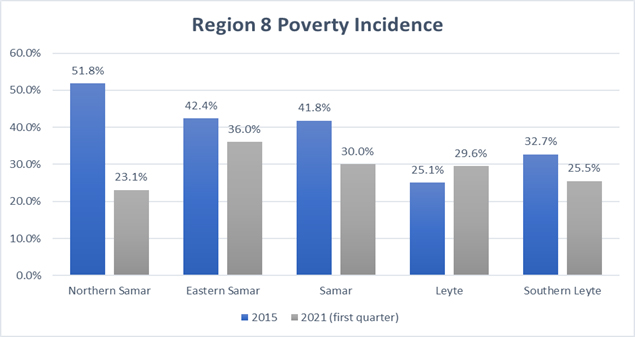
While it may be true that many factors have contributed to these improvements, it cannot be denied that the SAAD Program, along with other national government programs, like DA-Philippine Rural and Development Project’s PAMANA Program, helped in the overall development of uplifting rural farmers and fisherfolk from poverty.
As the program inches closer to its final year, it never ceases to explore new ways of working for some positive effect. Flexibility in the assignment of projects and resources to meet demand is foremost, especially that it is working towards group clustering and consolidation, agri–entrepreneurship, and finding new markets for raw and processed products.
Improved communications at all levels leading to more focused purpose is another important ingredient in achieving results. This is aligned with OneDA Reform Agenda where the 18th key strategy – Strategic Communications – cuts across all pillars. It shows the importance of greater integration of technical knowledge generated by the DA with operational activities in the field.
Finally, it will expand partnerships with private sector, civil society, and other non–state actors to affect a more inclusive engagement with partners for food security, sufficiency, and stability. ###
Writer: Michael Dabuet, SAAD RPMSO 8, Information Officer

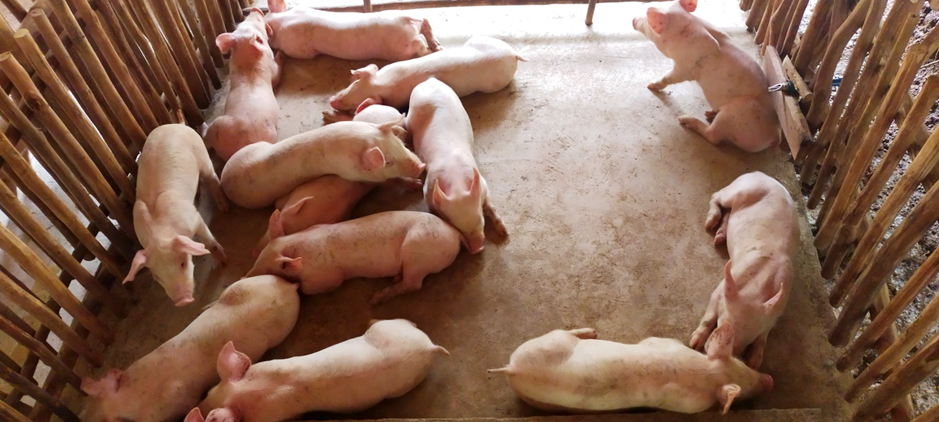
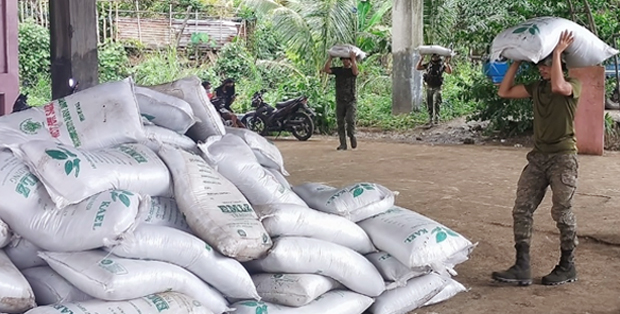
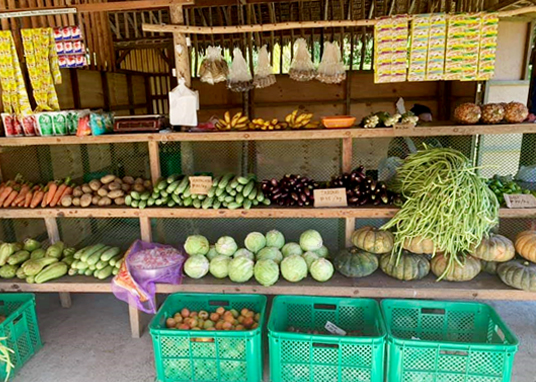
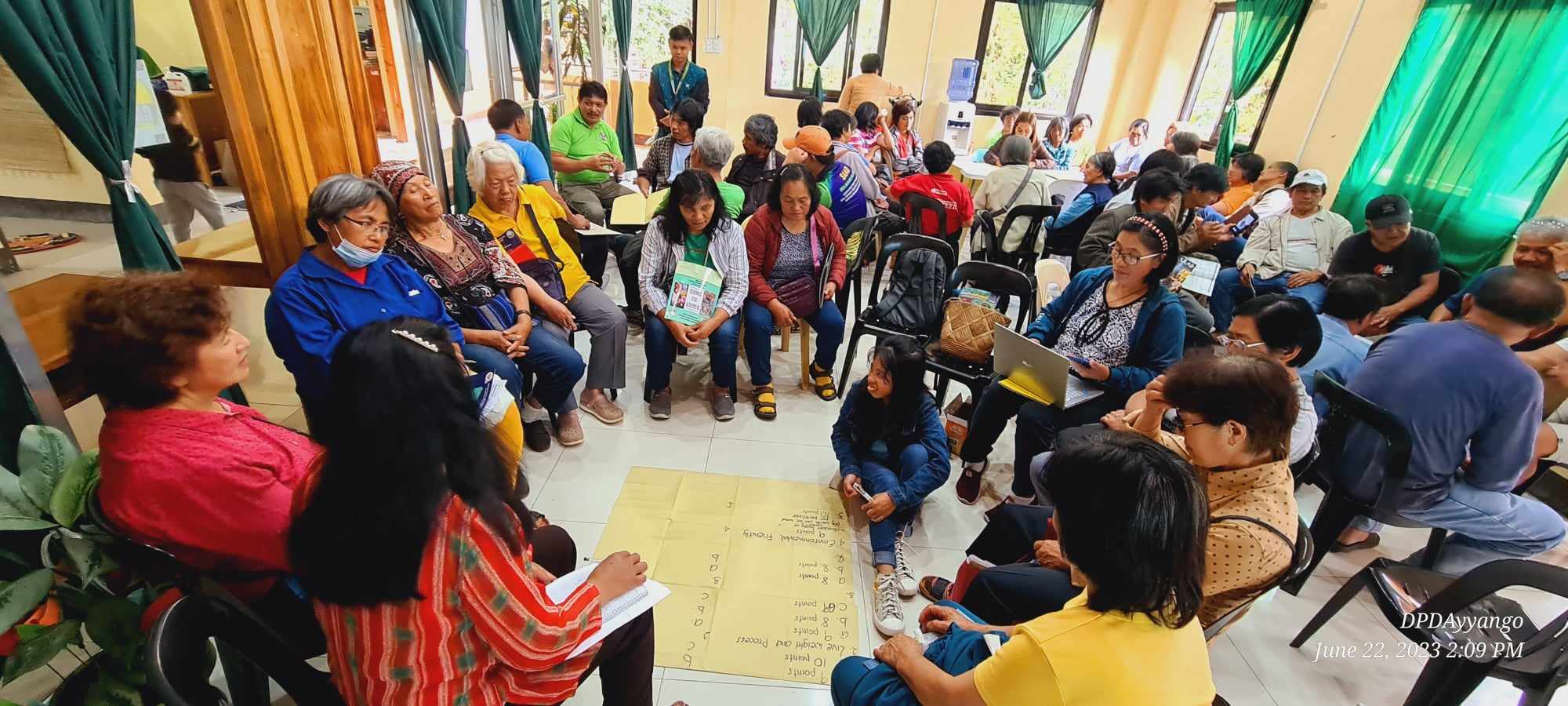
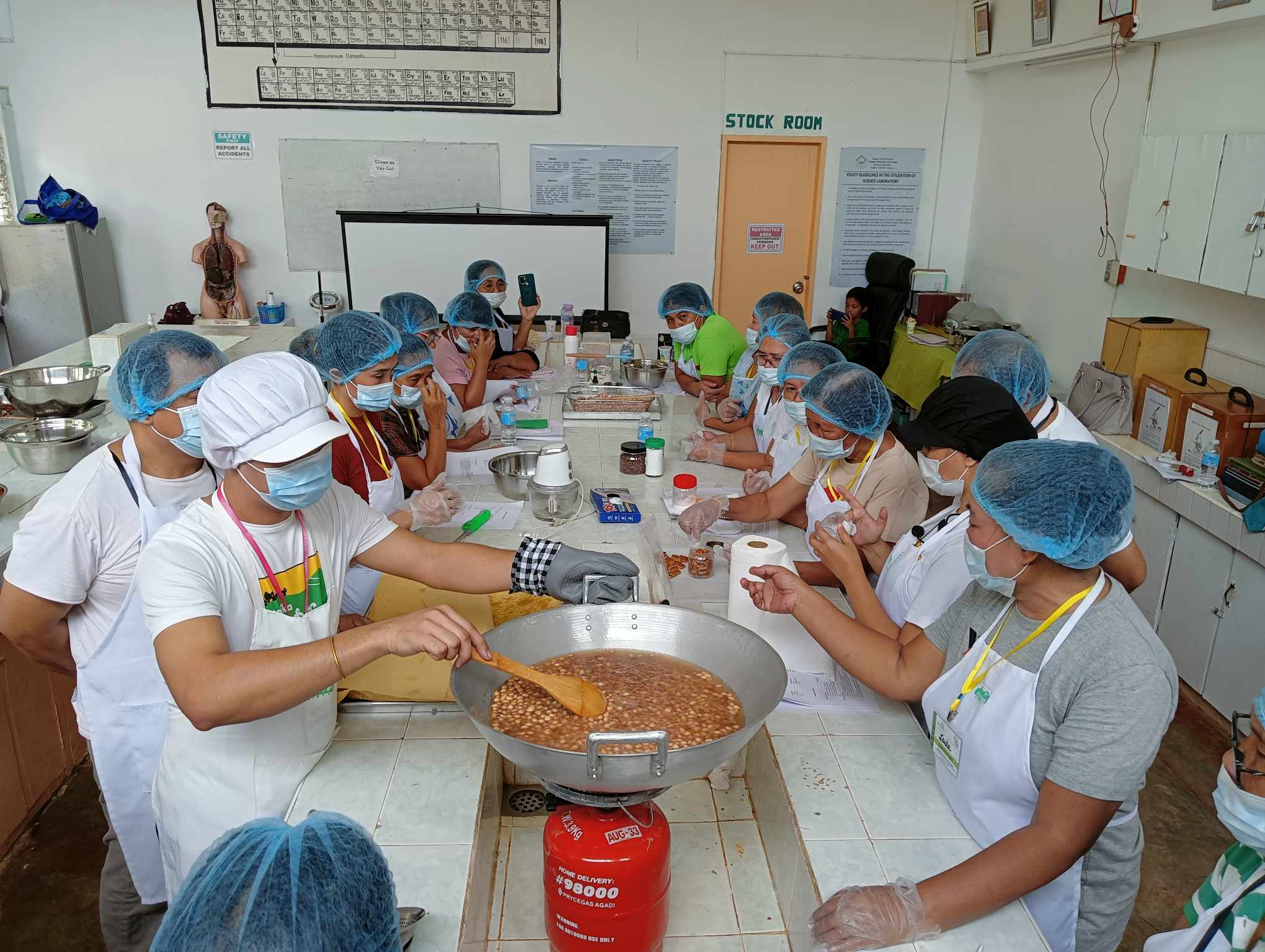
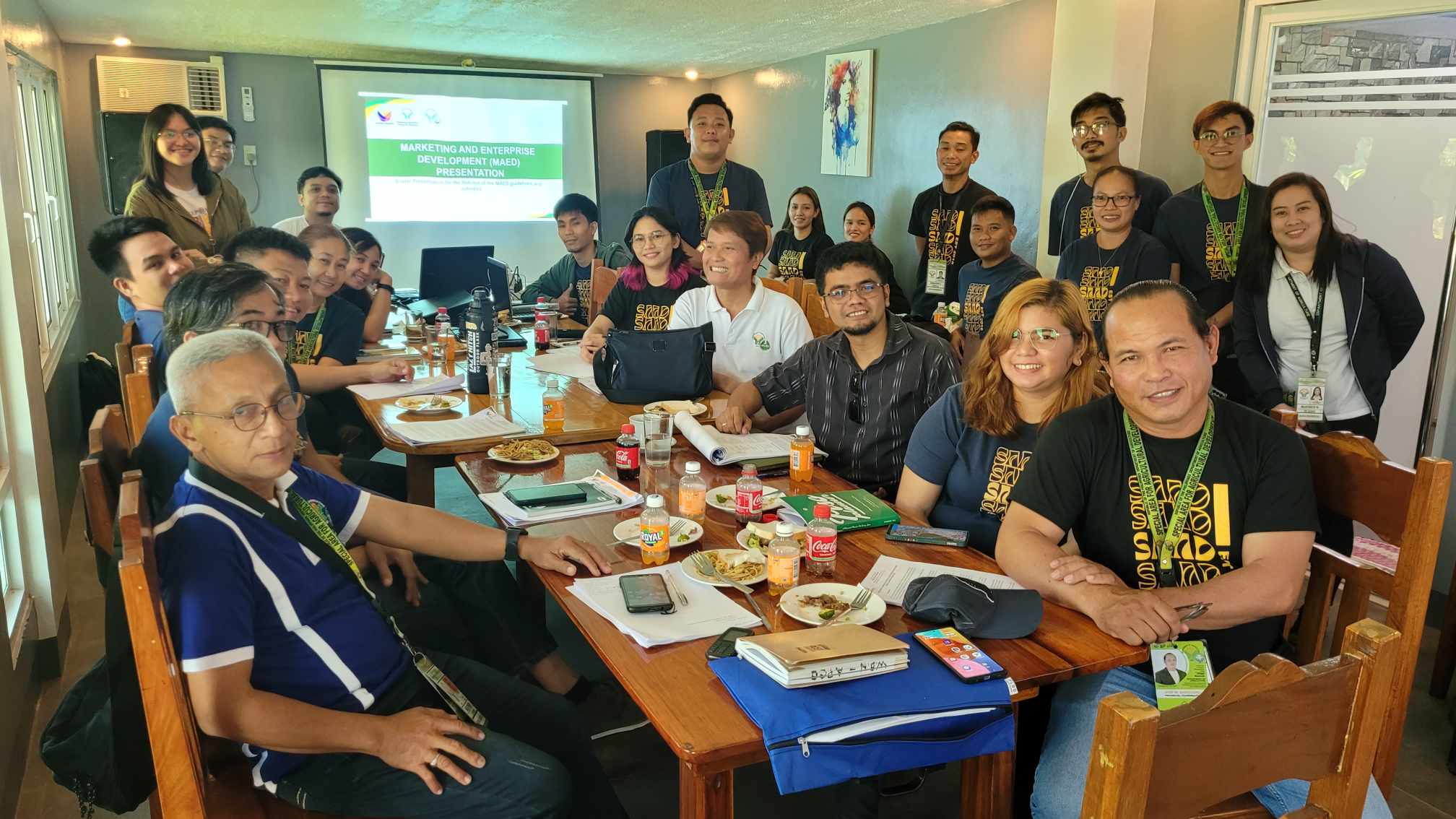
This Post Has 0 Comments